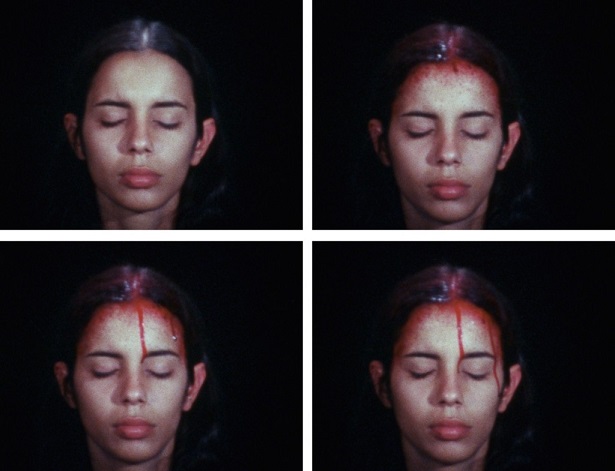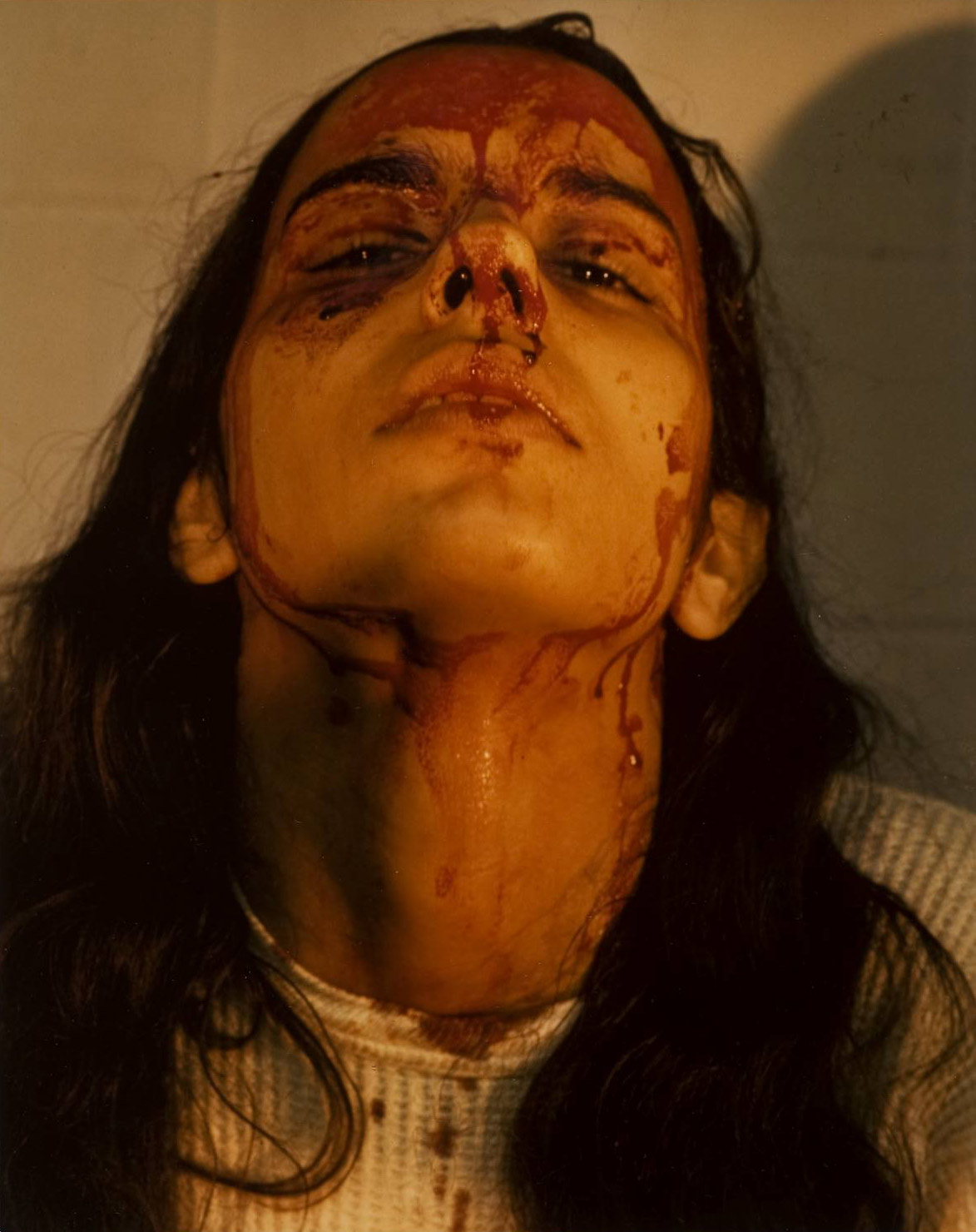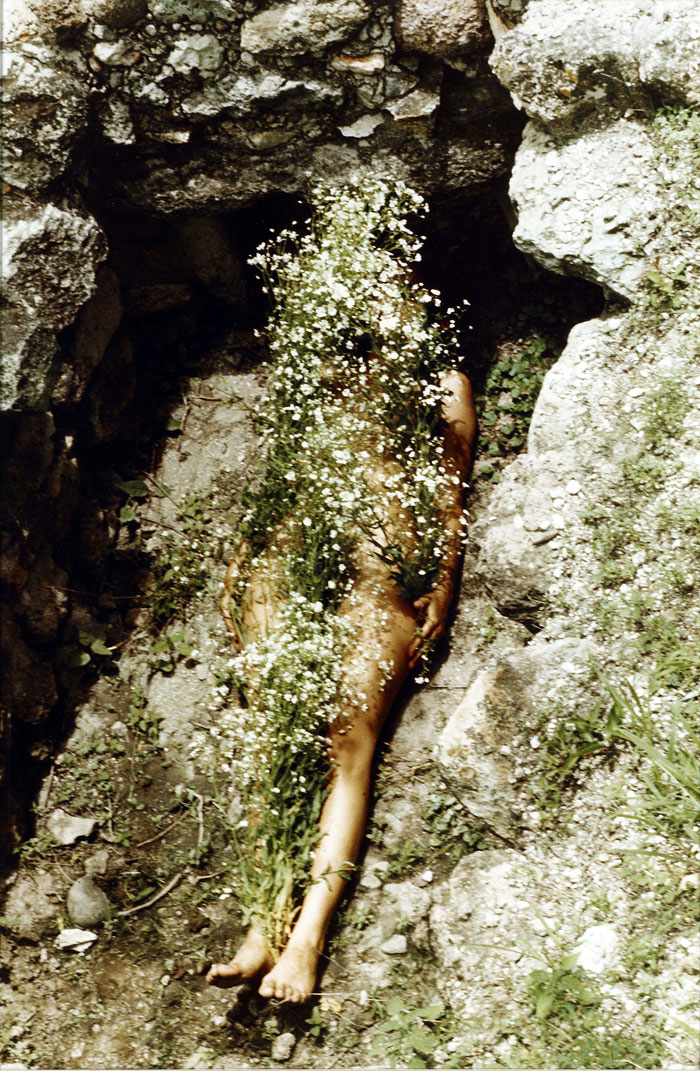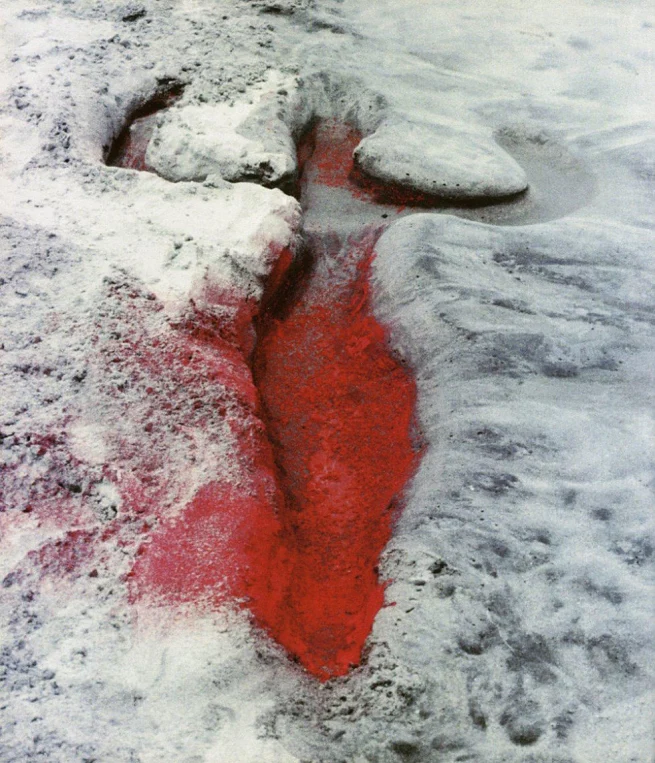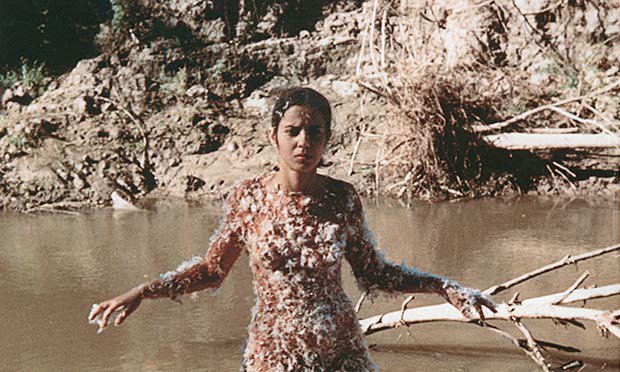Ana Mendieta was born in Cuba in 1948. Her father, Ignacio Mendieta, was a lawyer who had worked with the FBI during World War II. In 1960 he became involved in an uprising against Fidel Castro and was concerned for the safety of his family. At 12, Ana Mendieta and her older sister were sent to the United States alongside as 14,000 other Cuban children, via a secret program run by Catholic Charities and the U.S. government to help children flee Castro’s government. The sisters, who were supposed to be placed in foster care temporarily, moved between refugee camps, orphanages and foster homes in Florida and Iowa.
Mendieta found it difficult to adjust to life in predominately white North America. She experienced herself as a minority for both her ethnicity and gender and reflected on being sexualised as a woman of colour, despite being only 12-years-old. Mendieta was not reunited with her Mother and brother until 1966, when she started university. Her Father remained in political prison in Cuba for 18 years ans wasn’t reunited with the family until 1979.
Mendieta studied at the University of Iowa where she became involved in the feminist art movement. Her work explores themes of displacement, transience, absence, violence, belonging and identity. The separation from her family and exile from her country of birth had a profound impact on her art, as did her fascination with tribal religious practices, connecting her to the earth and informing her use of extensive use of blood.
In 1977, Ana wrote: “It is perhaps during my childhood in Cuba that I first became fascinated by primitive arts and cultures. It seems as if these cultures are provided with an inner knowledge, a closeness to natural resources. And it is this knowledge which gives reality to the images they have created.”
“It is this sense of magic, knowledge, and power, found in primitive art, that has influenced my personal attitude toward art-making. For the past five years I have been working out in nature, exploring the relationship between myself the earth, and art, using my body as a reference in the creation of the works, I am able to transcend myself in a voluntary submersion and a total identification with nature. Through my art, I want to express the immediacy of life and the eternity of nature.” (https://www.vice.com/en/article/gym79y/ana-mendieta-fought-for-womens-rights-and-paid-with-blood, accessed 12/6/24)
The excruciatingly long history of women being painted as nudes in Art galleries, (as noted by the Guerrilla Girls – ‘Do Women Have To Be Naked To Get Into the Met. Museum?’ 1989,) is transposed by artists like Mendieta, who fearlessly explored her own body in her work. Here she is the as the driving force of the discourse rather than a passive subject of the the male gaze.
Mendieta’s seminal ‘Siluetas’ series, comprised of over 200 artworks where Mendieta’s blended her body with natural surroundings or imprinted her body onto the ground – photographing the remaining marks on the earth, her presence removed. She often enhanced these outlines with red pigment, stones, or local materials, even setting them on fire.
Ana Mendieta died in 1985, at the age of 36, after falling from the window of her 34th-floor apartment in New York which she shared with her husband. Her body fell to the delicatessen below, leaving a mark on its ceiling echoing her ‘Siluetas’ work, the circumstances surrounding her death remain controversial and have sparked ongoing discussion and investigation.
Sources:
https://www.britannica.com/biography/Ana-Mendieta, accessed 15 /6/2024
https://www.theartstory.org/artist/mendieta-ana/, accessed 15 /6/2024
https://artblart.com/tag/ana-mendieta-blood-and-feathers/, accessed 16/6/2024
https://www.theguardian.com/artanddesign/2013/sep/22/ana-mendieta-artist-work-foretold-death, accessed 12/6/2024
